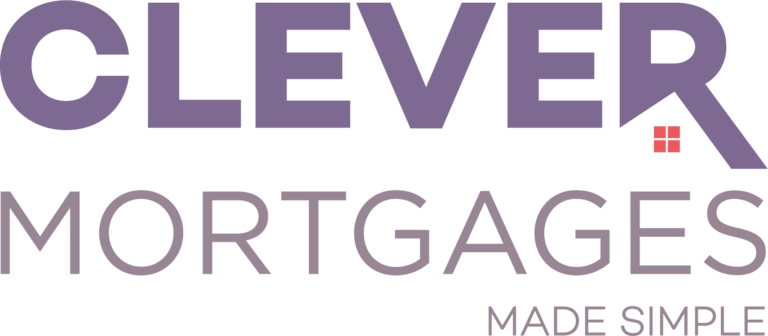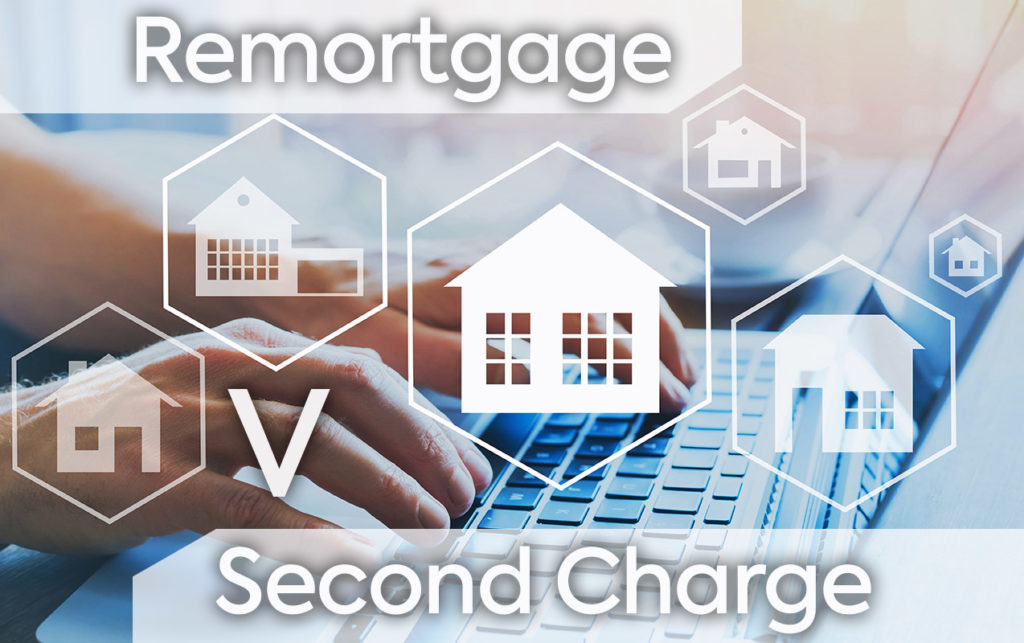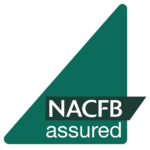When looking to raise funds from your property, it can be challenging to work out whether it is better to remortgage, take a further advance or look at a second charge mortgage. You may not even fully know all your options.
Below we will give you a quick introduction, plus an overview of the circumstances that might make one product more beneficial to you than the other.
What is a Remortgage?
Remortgaging refers to the process of moving from your current mortgage deal to a new one. Those who decide to remortgage either move to another interest rate with their current lender or switch to a rate with a new lender altogether. Whilst doing so, you can request further borrowing from the current or new lender. Mortgage holders who remortgage typically do so to get a better deal to lower their monthly repayments.
However, this is not the only reason homeowners decide to remortgage.
Why would I Remortgage?
There are many different reasons why people decide to remortgage.
The main reasons being:
- They want to borrow more money for home improvements
- They want to reduce their monthly payments with a better interest rate.
- Their current mortgage deal has come to an end
- The are looking to consolidate debt – however this could result in the overall repayment of the debt being higher.
When is it best to Remortgage?
One of the best times to Remortgage is when your current deal is about to end. When looking to switch to a new mortgage deal, it can be useful to check whether your current lender will offer a new interest rate, this is usually called a Product Transfer, there might be fees to pay for the new product, so these need taking into account. You can also find out if there would be any exit fees should you wish to change your mortgage product and/or lender.
When looking to remortgage a qualified broker, such as Clever Mortgages can look at the options with your current provider and compare them to alternative lenders to ensure you get the best deal.
Watch our video on the remortgage application process
What are the alternatives to raising funds?
Whilst taking a product transfer or remortgaging to a new lender could help borrowers to lower the rate on their current mortgage deal, it may not solve the requirement to raise additional funds, for example, for home improvements or debt consolidation. With a product transfer additional borrowing is not normally allowed and instead a further advance would be needed at the same time, which would be subject to credit scoring and lenders current criteria. With a remortgage to a new lender, they might not be willing to borrow some or all the additional funds you need.
A further advance is when you go to your current lender and ask them for additional funds to run alongside your current mortgage. This would be subject to a full mortgage application, credit scoring and lender criteria. It is unlikely to be offered on the same interest rate as your current mortgage and you would need a separate mortgage product to run alongside.
If you have exit fees to leave your current lender or you cannot get approval for additional borrowing with them or a new lender, then a second charge mortgage could be the answer.
A second mortgage can help borrowers to get the funding they need whilst staying with the current mortgage lender. Additionally, some second charge mortgage lenders could lend more than those who offer remortgages.
Why do we take a Second Charge Mortgage?
Essentially, a second charge mortgage can offer more flexibility in underwriting areas than some of the mainstream lenders, for example if you are self-employed.
Alternatively, a second charge mortgage may be preferable where a client has a low interest rate mortgage that they want to stay on. Applying for a remortgage could result in losing the competitive rate they already have.
A second charge mortgage, however, will allow the client to keep their original first charge mortgage deal and arrange the additional funds separately.
Which one is better for me?
This will be down to your personal situation. An experienced broker such as Clever Mortgages will be able to review the differences between remortgaging and second charge products. Clever Mortgages are experienced in both types of products, even if you have had issues with your finances in the past.
For those considering a Remortgage or requiring additional funds for maybe home improvements, debt consolidation or are seeking to release some funds from their property for other reasons. Get in touch with Clever Mortgages to see how they can help.
Remortgage Calculator
Current mortgage details
Summary
Your current monthly payment should be (based on the information you have entered)
£{{ !isNaN(current_repayment_basis) ? current_repayment_basis : 0 | currency }}
(repayment basis)
New mortgage details
Summary
Your new estimated monthly payment could be
£{{ new_estimated_monthly_payment | currency }}
Additional cost £{{ new_estimated_monthly_payment - current_repayment_basis }}
Monthly savings £{{ current_repayment_basis - new_estimated_monthly_payment }}
Representative Example:
Mortgage amount £170,995 (including £995 lender fee), 64 payments of £748.30 at a fixed interest rate of 2.28%, followed by 236 payments of £889.60 at a variable rate of 4.24%. Over a term of 25 years, giving a total amount payable of £258,861 at an APRC of 3.6%. The contract will be secured against your property.



